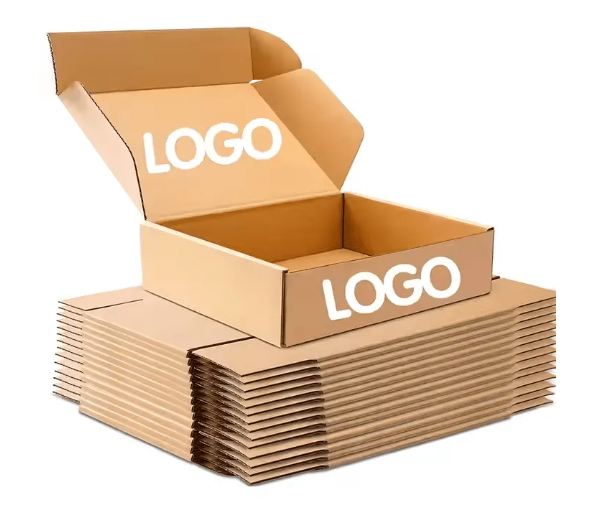
As global industries continue to shift toward eco-conscious operations, the packaging sector has embraced paperboard as a preferred material. Its biodegradability, versatility, and wide availability make paperboard packaging a popular choice for manufacturers seeking to reduce their carbon footprint. For businesses that need flexible yet sturdy packaging, paperboard offers a reliable solution that balances performance with sustainability.
Paperboard is lightweight, easily printable, and suitable for various applications, ranging from cosmetics to food and electronics. Unlike plastic, which presents environmental hazards, paperboard is easier to recycle and often made from renewable resources. With governments and consumers alike prioritizing green packaging options, the adoption of paperboard packaging is steadily increasing across global markets.
Solid Bleached Sulfate is one of the most refined and high-quality types of paperboard. Made from bleached virgin wood pulp, SBS offers a smooth surface perfect for printing high-end graphics. It's widely used for packaging cosmetics, pharmaceuticals, and premium food products. Its excellent printability and aesthetic appeal make it ideal for brands that prioritize visual identity.
CUK, or Coated Natural Kraft, is recognized for its strength and durability. Unlike SBS, this paperboard retains its natural brown color, providing a rustic or organic appearance. CUK is made from virgin kraft fibers, making it extremely resistant to punctures and tears. It's often used in beverage packaging, frozen food containers, and other applications requiring high structural integrity.
CRB is an economical and environmentally friendly option made from recycled paper fibers. Although not as strong or pristine as SBS or CUK, CRB is widely used in applications where premium aesthetics are not the primary concern. It's common in cereal boxes, shoe packaging, and other everyday retail products.
Folding Box Board is a multi-layered paperboard that combines mechanical pulp sandwiched between layers of chemical pulp. This structure results in a lightweight yet stiff material. FBB is popular in the European market and is frequently used for packaging dry foods, confectionery, and pharmaceuticals.
When selecting a paperboard type, consider the physical demands of your product. Heavier items require stronger materials like CUK, while lightweight goods may be well-served by FBB or CRB. A mismatch between product weight and packaging strength can lead to damage during shipping and a poor customer experience.
If brand image and print quality are top priorities, SBS is the best choice due to its smooth, white surface. For brands seeking a natural look, CUK provides a compelling visual alternative. Understanding your product's visual goals will help you choose a paperboard that supports your marketing strategy.
Recycled content, biodegradability, and material sourcing should also influence your decision. While CRB is cost-effective and sustainable, premium options like SBS offer visual advantages. Striking the right balance between performance, sustainability, and cost is crucial.

The food industry frequently uses SBS and CUK depending on whether the packaging needs to convey luxury or require high structural strength. Beverage cartons, frozen food trays, and takeout containers all benefit from paperboard’s flexibility and safety.
SBS and FBB are often used in cosmetics packaging due to their high-quality printability and visual appeal. From mascara boxes to skin cream cartons, paperboard enables creative design and effective branding.
Products in the electronics sector may use CRB or reinforced FBB for light protection. While not as durable as corrugated board, paperboard is ideal for inner packaging and product sleeves that require branding and compactness.
To enhance the moisture and grease resistance of paperboard, manufacturers are now applying barrier coatings. This innovation helps extend the application of paperboard into previously unsuitable areas such as chilled food or oily snack packaging.
Reducing material usage while maintaining performance is a growing trend. Advanced engineering of fiber blends allows producers to achieve thinner paperboard that delivers the same strength, contributing to material efficiency and reduced transportation costs.
With the rise of digital printing technology, brands can now take advantage of short-run, high-quality graphics on paperboard packaging. This is especially beneficial for seasonal promotions, personalized branding, and prototyping.
Coated Recycled Board (CRB) is considered the most sustainable due to its high recycled content and cost efficiency.
Solid Bleached Sulfate (SBS) is the top choice for luxury packaging because of its clean white surface and excellent printability.
Yes, most paperboard types used in food packaging, such as SBS and CUK, meet regulatory standards for food safety.
Heavier products require stronger types like Coated Unbleached Kraft (CUK), which offers superior durability and puncture resistance.